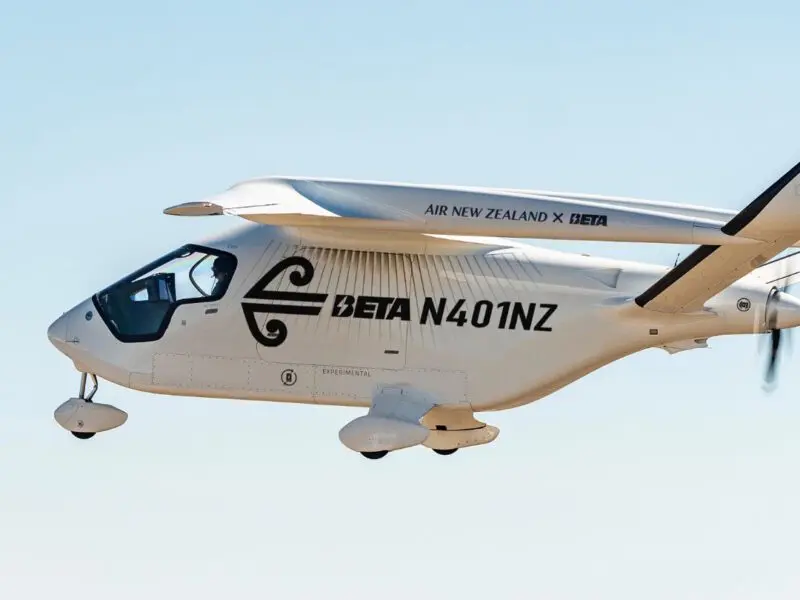
The electric vehicle industry continues to hurtle forward in 2025, bringing groundbreaking developments that challenge old assumptions and push the boundaries of clean transportation. From automated charging to new models, from aerial EVs to governments marking massive adoption milestones, the latest headlines paint a vivid picture of a sector that’s expanding in every direction.
Automated Charging: Simplifying the EV Experience
Australian fast‑charging network operator Jolt has unveiled what might be one of the most user‑friendly innovations in public EV charging to date. Its newly introduced automatic charging feature enables drivers to simply plug in their vehicle, with authentication and billing handled seamlessly in the background. The move signals an important shift toward automation and convenience, removing one of the last technical friction points that might deter first‑time EV adopters.
This system is designed to recognize authorized vehicles and instantly start the charge once plugged in, eliminating the need to navigate apps or swipe payment cards. In a market where charging network user‑experience still varies widely, such automation is expected to become standard within the next few years.
Tesla’s Next Chapter: Roadster, Cybercab and Affordable Models
Few carmakers command industry attention like Tesla, and the company continues to dominate EV news cycles with multiple developments announced this week. The new Roadster, teased as the “limits of physics” machine, is set to be unveiled before the end of 2025. Tesla’s design chief hinted that the new generation will deliver unprecedented acceleration and cornering, potentially surpassing anything currently available in a production EV.
Alongside its supercar ambitions, Tesla is accelerating toward mass accessibility. Photos have emerged showing production of a lower‑cost electric model underway, with dozens of completed vehicles ready to ship to customers. While the company has not confirmed specific model names, analysts suggest this could be an updated Model Y Standard or an entirely new entry‑level platform aimed at global markets.
Testing is also ramping up for the Cybercab, Tesla’s futuristic two‑door, pedal‑free autonomous taxi prototype. The vehicle’s steering‑wheel‑less interior underscores Tesla’s long‑term bet on supervised autonomy. The company appears poised to begin limited production testing ahead of a broader rollout in 2026.
In Australia and New Zealand, Tesla has taken an additional step forward with FSD Supervised subscriptions, opening up its advanced driver‑assistance system to a larger base of customers on a monthly basis. While enthusiasm among the brand’s fans is high, there’s also lingering customer frustration over past FSD promises. One of Tesla’s earliest Australian buyers voiced dissatisfaction this week, joining a growing number of voices calling for improved transparency regarding pricing and feature delivery.
Air New Zealand’s First Electric Aircraft Takes Flight
Beyond roads and highways, electric propulsion is finding its wings. Air New Zealand unveiled its first electric aircraft—branded with the airline’s livery—completing an inaugural test flight in Tauranga. The aircraft, a Beta Alia CX300, marks a milestone for the region’s aviation sector, blending local engineering partnerships with the airline’s wider sustainability roadmap.
This experiment is more than symbolic. Electric aircraft promise transformative cost savings on short‑haul routes and drastically lower carbon footprints for regional travel. Air New Zealand’s move may influence other regional airlines to test‑fly similar platforms within the next few years.
Plug‑In Hybrid Controversy: Green Illusion or Bridge Technology?
A new report making waves this week suggests that plug‑in hybrid vehicles—once touted as an essential transitional technology—may emit nearly as much pollution as conventional cars in real‑world conditions. The findings call the category “one of the biggest cons in automotive history,” highlighting that actual emissions levels can be up to eight times higher than manufacturers’ official claims.
The data arrives at a critical moment when governments are reconsidering incentives for hybrids versus full battery‑electric vehicles. The debate is shifting fast: users often underutilize the electric range of such cars, leading to significant emissions when gasoline engines kick in. That revelation strengthens the argument for accelerating the full‑electric transition, rather than prolonging hybrid subsidies.
New South Wales Reaches 100,000 EVs—and Crosses a Symbolic Line
Down under, New South Wales has crossed an important psychological and statistical milestone: more than 100,000 fully electric cars now operate on its roads. The achievement underscores just how quickly the Australian market is maturing—only a few years ago, that number sat below 10,000. Despite the rapid uptake, officials caution that 4.6 million fossil‑fuel vehicles remain in circulation, showing that deep structural change is still ahead.
Tesla’s once‑dominant share of the Australian EV market has dipped below 50% as newcomers flood the market, from BYD to MG and Hyundai. The diversification benefits consumers, bringing down prices and expanding options across all categories—from compact city cars to all‑electric SUVs.
Events, Media, and the Cultural Shift Toward Electric
Rounding out the week’s headlines, Everything Electric CEO Dan Caesar discussed how the former YouTube channel and media project has evolved into a multinational network of EV shows and advocacy programs. With Europe nearing an electric tipping point, Caesar’s message was clear: the EV conversation is no longer technical—it’s cultural. His discussion highlighted new audiences tuning into electric mobility as part of a broader lifestyle movement rather than a niche environmental cause.
Conclusion: The Shape of the EV Future
Taken together, the week’s news demonstrates the extraordinary velocity of innovation underway. Electric mobility now extends far beyond cars—encompassing aircraft, charging networks, media culture, and evolving consumer expectations. The industry’s most mature players, such as Tesla, are balancing mass‑market scaling with headline‑grabbing technological leaps. Meanwhile, regional initiatives—from automatic charging in Australia to state‑level adoption milestones—signal that sustainable transport is truly embedding itself into everyday life.
The future of mobility isn’t merely being imagined—it’s being deployed, tested, and refined, one plug‑in, one flight, and one milestone at a time.
All EV Sales Research Team
10/21/2025
